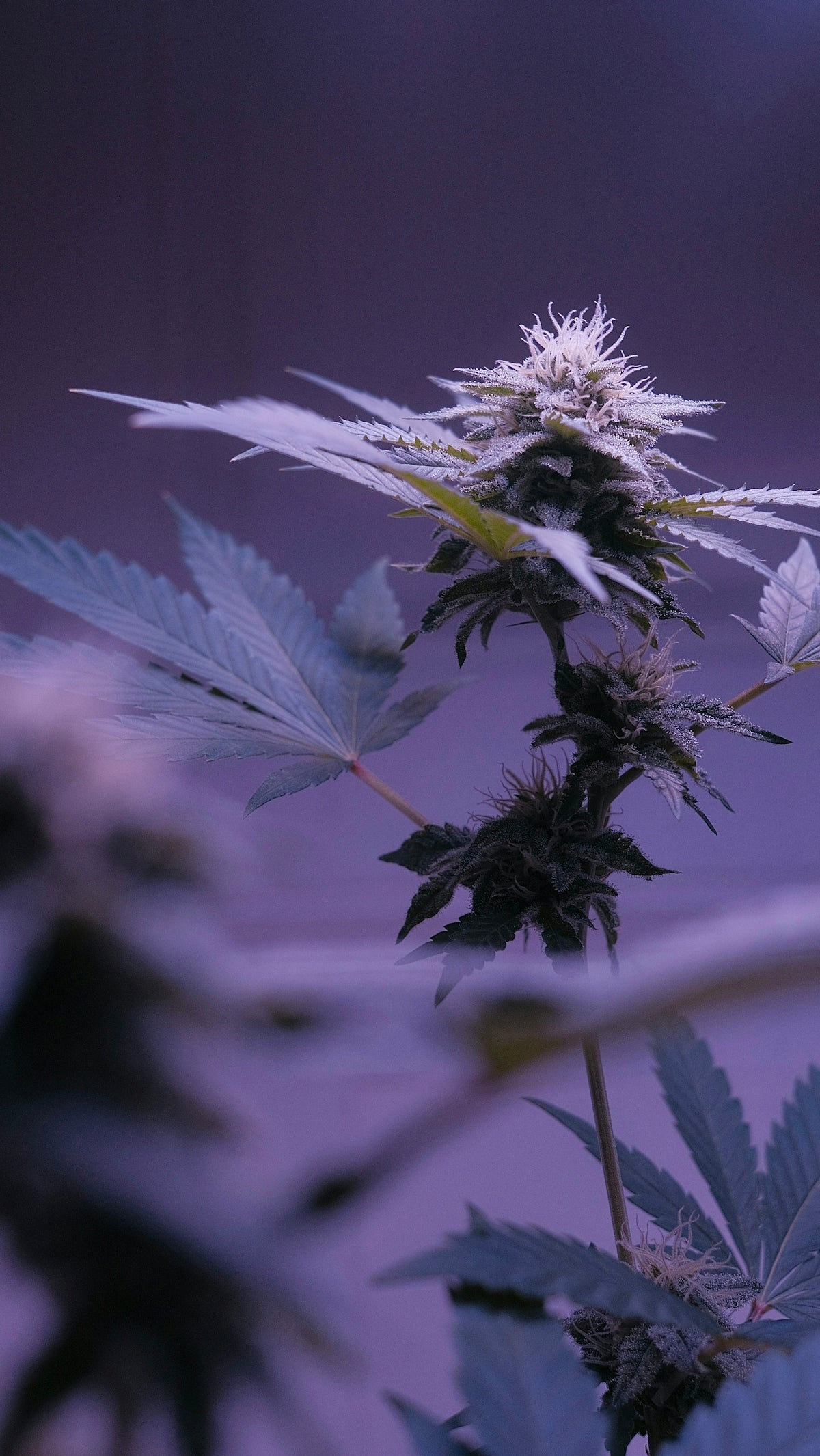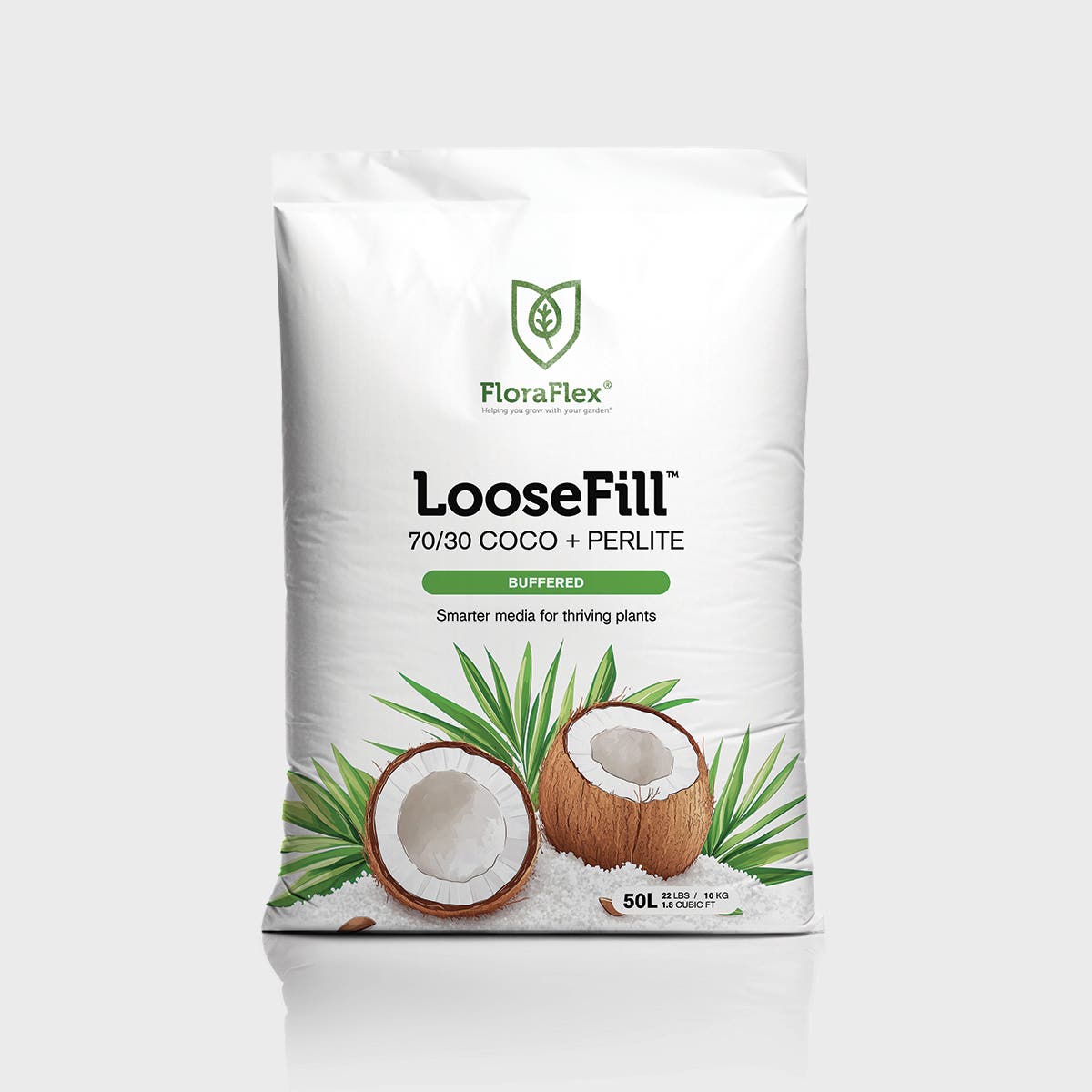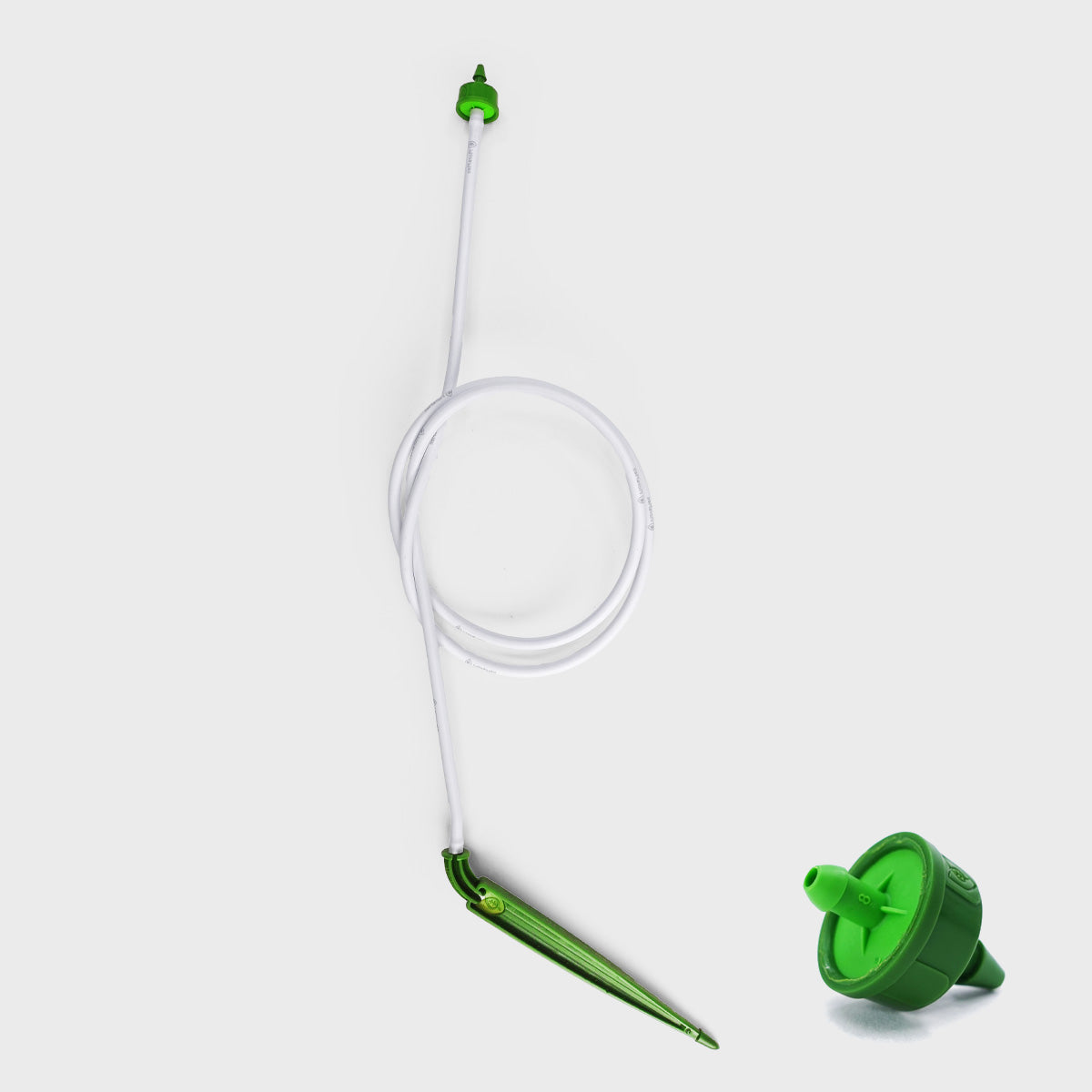The journey of growing cannabis is a captivating blend of art and scientific precision. For individuals who seek to delve into the world of cannabis cultivation, understanding the intricacies from an educational standpoint offers a comprehensive view into the life-cycle and optimal growing conditions of this unique plant. In this blog post, we'll explore the science that underpins successful cannabis growing, creating a foundation for both new and experienced cultivators to enhance their practices.
Understanding Cannabis Anatomy
The cannabis plant is a complex organism with distinct structural components. Recognizing and understanding these parts is essential for effective cultivation.
Key Parts of the Cannabis Plant:
- Roots: The root system absorbs water and nutrients from soil or other growing media. Healthy roots are critical for the overall health and yield of the plant.
- Stems: These provide support for the plant and transport nutrients and water between the roots and the leaves.
- Leaves: The fan leaves are responsible for photosynthesis, which converts light into energy.
- Flowers (Buds): These are the reproductive structures that contain the highest concentration of cannabinoids, which are the primary compounds of interest in cannabis.
The Science of Growing Conditions
Light: The Energy Source
Light is a fundamental factor in cannabis growth. Cannabis plants require different light cycles for the vegetative stage (approx. 18 hours of light) and the flowering stage (approx. 12 hours of light). Understanding the role of light spectrum (blue for vegetative growth, and red for flowering) can enhance canopy development and yield.
Air and Temperature Control
Cannabis thrives in an environment that mimics its natural habitat, necessitating careful temperature and humidity management. Optimal daytime temperatures should range between 70-85°F during the vegetative stage and 65-80°F in the flowering stage.
Ventilation is crucial to simulate natural airflow, which strengthens stems and helps manage humidity levels to prevent mold and pests.
Water and Nutrition
Water serves multiple critical roles, from nutrient transport to maintaining plant turgidity. Proper watering techniques prevent root rot and encourage robust plant development. Alongside water, a balanced nutrient mix is critical, consisting of Nitrogen (N), Phosphorus (P), and Potassium (K), often supplemented by calcium, magnesium, and iron.
Advanced growers may explore hydroponic systems or soil media alternatives like the 6" FloraFlex Wool (Basalt Derived) — a sustainable, basalt rock wool medium designed to optimize water retention and root aeration.
Soil and Growing Media
The choice of growing medium affects water retention, nutrient availability, and root development. Ideal media options help maintain a balanced pH level (around 6.0-7.0 for soil and 5.5-6.5 for hydroponics), crucial for nutrient absorption.
The Growth Stages of Cannabis
Cannabis goes through several life stages, each requiring different care and attention.
Germination
This stage initiates the life cycle, where seeds absorb water, swell, and break open to develop their first roots. Ensuring adequate moisture and warmth are key factors here.
Seedling
Emerging from the seed, the plant develops its first true leaves beyond the initial embryonic ones. At this stage, gentle lighting and precise watering foster healthy growth.
Vegetative
The plant focuses on developing leaves, branches, and roots. Nutrient requirements are higher, especially nitrogen, supporting vigorous growth. Providing ample light and maintaining appropriate humidity levels are vital.
Flowering
Cannabis shifts focus to producing flowers. Here, a warm environment, balanced nutrients (with increased phosphorus and potassium), and light control determine the bud quality.
Harvesting
Timing is critical during the harvest stage to maximize potency and yield. Signs of maturity include color changes in trichomes and pistils, which serve as indicators for an optimal harvest.
Advances in Technology and Hydroponics
Technological advancements play a critical role in optimizing growth conditions. Hydroponic systems, automated lighting, and climate control technologies, paired with data analysis, are revolutionizing traditional cultivation methods. These technologies enable cultivators to manage environmental variables with precision, enhancing overall plant productivity and reducing resource consumption.
In hydroponics, Rockwool, such as the 6" FloraFlex Wool (Basalt Derived), is a popular choice due to its excellent drainage and moisture management properties, facilitating improved oxygenation of roots.
Embracing Sustainable Practices
As the industry evolves, there is a growing responsibility to adopt sustainable practices. Utilizing reusable materials, minimizing water waste, and selecting energy-efficient systems contribute to greener and more ecologically responsible cannabis cultivation.
Conclusion
Cultivating cannabis is a journey that requires an understanding of both its art and science. By mastering the biological and environmental principles that govern cannabis plant development, cultivators can enhance their strategies, leading to successful and sustainable harvests.
For more insights and products that support effective cannabis growing, visit FloraFlex.
Delve into the science behind cannabis cultivation with confidence and innovation — your green thumb awaits you!









